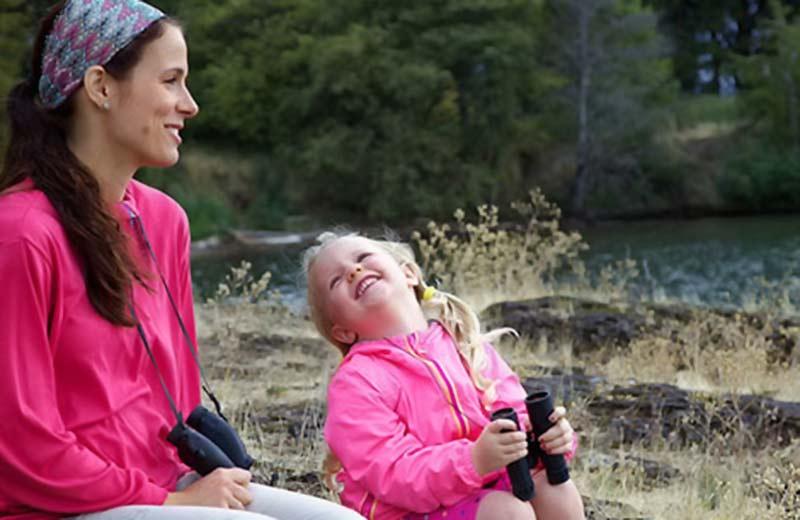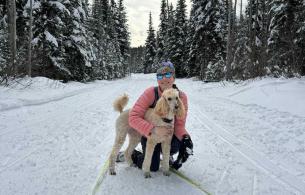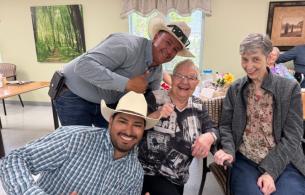What is a "talk spot"?
A talk spot is literally a spot to talk to someone. The idea behind talk spots is to remind people of times and places where it is ideal to be present in the moment and communicate with those around us. We get to the spot and it's our incoming reminder: time to stop and talk!
Why do we need designated talk spots to remind us to stop and talk?
We live in a busy world that is driven by technology. We have a million things to do and are constantly distracted by screens, incoming texts, phone calls, and emails demanding our attention. More and more of our communication is happening via technology and there is less face to face conversation. All of these things can prevent us from recognizing the communication opportunities that are right in front of us.
Where can my talk spots be?
Here are a few examples of talk spots I suggest:
- The table: Mealtimes are natural opportunities for conversation. You are sitting face to face and looking at each other, which is ideal for communication. Mealtimes provide opportunities to expand on your child's vocabulary. You can label the food items (e.g., apple), describe the food (e.g., hot, cold, soft, crunchy), and talk about actions at mealtime (e.g., pouring the milk, cutting the meat). You can chat about what will be happening that day or what happened that day.
- The car: When you are driving, you are forced to sit and slow down. It gives us the time to talk with our children and wait for a response. Slowing down and waiting are important elements for language development. Driving also provides new vocabulary opportunities: you can talk about the objects you see (e.g., garbage truck, hospital, school, dog, snow), the places you are going (e.g., preschool), and the people you are going to see (e.g., grandma).
- Waiting rooms: You are waiting anyway, so why not put away the phone and talk? Talk about what is happening in the waiting room (e.g., "we are waiting for our turn", "that boy is sitting and waiting, too"). Talk about what is going to happen in the appointment (e.g., "the dentist is going to look in your mouth").
- The bath: Baths need to happen and naturally create face to face interaction. At bath time, you can talk about body parts (e.g., feet, toes) and use action words (e.g., wash, rinse, splash, pour).
- Change time / getting dressed: Talking when you are changing your child can help distract you and your little one from the task at hand :) It is a time to use descriptive language, clothing vocabulary (e.g., shirt on, pants on) or use sequencing terms (e.g., first we put your diaper on, then your shirt, your pants go on last). It is a time to offer choices (e.g., "red shirt or blue shirt?"). Offering choices can promote language development. You are providing a model of the words you would like your child to imitate, making it easier for them to repeat. Choices also help children recognize that words have power and give children a sense of self control.
- The grocery store: The store provides many opportunities for vocabulary growth. You can talk about the different food items or describe their attributes (e.g., red apple or green apple), you can talk about quantity concepts (e.g., one cabbage, a few pears). You can also work on social skills, like saying "hi"/"bye" to the cashier.
- Bedtime: A wonderful time to sit and talk with your child. It is also a good time to read to your child. Books expose children to new words and provide repetition, which is key for learning language.
The month of May is Speech and Hearing Month. It is a time to raise awareness about the importance of communication. As the Speech-Language and Audiology Canada website states: "The ability to speak, hear, and be heard is more vital to our everyday lives than most of us realize."
Get out there and try some of the suggested talk spots! Try coming up with your own talk spots that may be better suited for your family. Have fun being in the moment, talking and connecting! Remember that to learn to use language, children need to have someone to talk to.














Comments